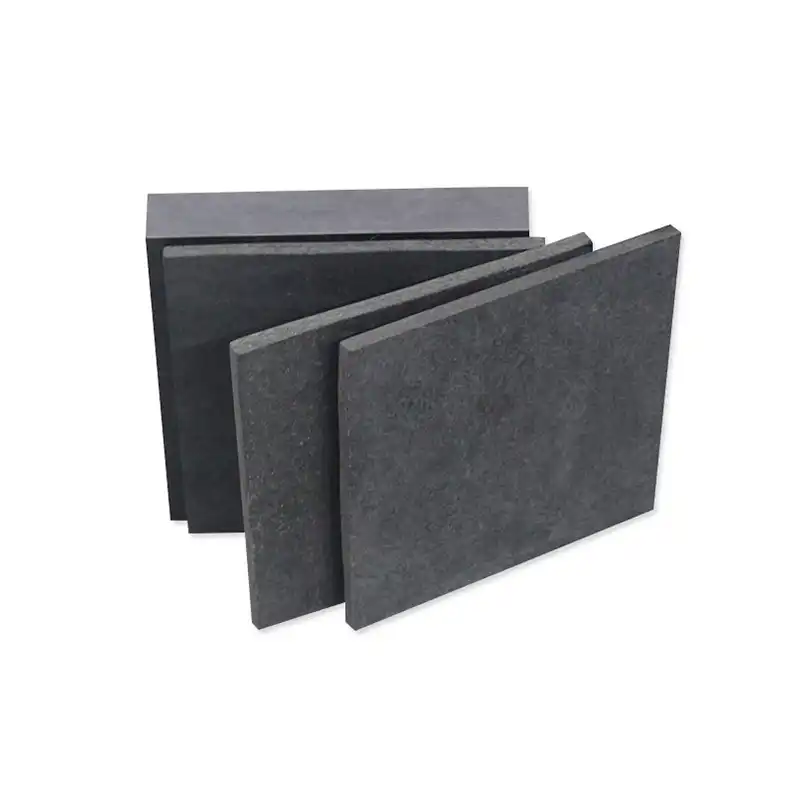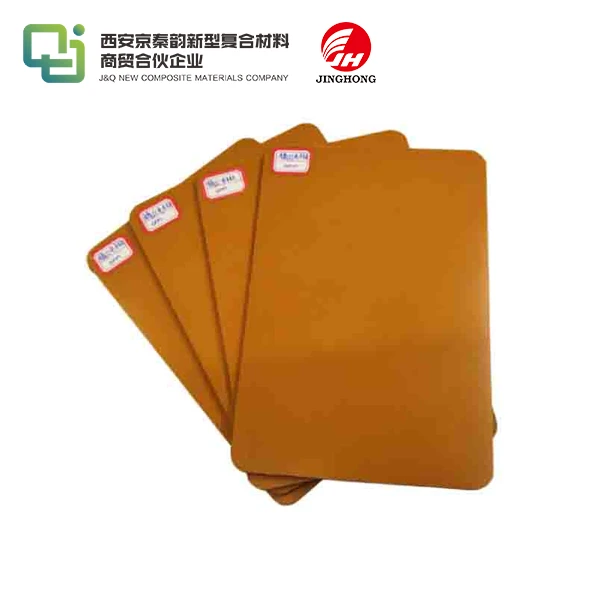How do you cut and machine FR4 epoxy resin sheets?
2024-10-25 15:31:52
FR4 epoxy resin sheets are widely used in various industries due to their excellent electrical insulation properties, mechanical strength, and thermal resistance. As a manufacturer with over two decades of experience in producing and selling insulating sheets, we understand the importance of proper cutting and machining techniques for FR4 epoxy resin sheets. In this comprehensive guide, we'll explore the best practices for cutting and machining these versatile materials, ensuring optimal results for your projects.
Understanding FR4 Epoxy Resin Sheets
Before diving into cutting and machining techniques, it's crucial to understand the composition and properties of FR4 epoxy resin sheets. These sheets are composed of a woven fiberglass cloth impregnated with an epoxy resin system, resulting in a robust and flame-retardant material. The "FR" in FR4 stands for "Flame Retardant," highlighting its fire-resistant properties.
Composition and Structure
FR4 epoxy resin sheets consist of multiple layers of fiberglass cloth bonded together with epoxy resin. This layered structure contributes to the material's strength and durability. The fiberglass reinforcement provides excellent dimensional stability, while the epoxy resin offers superior electrical insulation and chemical resistance.
Key Properties
FR4 epoxy resin sheets boast an impressive array of properties that make them ideal for various applications. These include:
- High dielectric strength
- Low moisture absorption
- Excellent mechanical strength
- Good thermal stability
- Flame retardancy
- Low thermal expansion
Common Applications
The versatility of FR4 epoxy resin sheets has led to their widespread use in numerous industries. Some common applications include:
- Printed circuit boards (PCBs)
- Electrical insulation components
- Aerospace and automotive parts
- Industrial machinery components
- High-performance structural elements
Cutting Techniques for FR4 Epoxy Resin Sheets
Cutting FR4 epoxy resin sheets requires precision and the right tools to achieve clean, accurate results. Here are some effective cutting techniques:
Sawing with Specialized Blades
Sawing with specialized blades is one of the most widely used methods for cutting FR4 epoxy resin sheets, offering both efficiency and precision. Carbide-tipped or diamond-coated blades are particularly effective because they can withstand the material's toughness. It’s crucial to maintain a steady feed rate to avoid chipping or splintering, and proper cooling—such as with water or air—prevents overheating, ensuring a smooth, clean cut while prolonging the blade’s life. This method works well for straight cuts and basic shapes.
Waterjet Cutting
Waterjet cutting is a highly effective method for achieving detailed, precise cuts in FR4 epoxy resin sheets, especially for complex designs. By utilizing a high-pressure stream of water mixed with abrasive particles, this technique easily slices through the material without generating heat, which prevents any distortion or degradation of the sheet. The result is smooth, clean edges without heat-affected zones, making waterjet cutting an excellent choice for intricate patterns and minimizing post-processing work. This non-thermal process also preserves the material’s integrity.
Laser Cutting
Laser cutting is another highly accurate method for cutting FR4 epoxy resin sheets, particularly effective for thinner materials. By using a focused laser beam to vaporize the material along the cutting path, it allows for sharp precision and the ability to produce intricate designs with minimal material waste. This method is ideal for projects requiring detailed patterns or fine cuts. However, the heat generated during laser cutting can create heat-affected zones, potentially altering the material’s properties in those areas, so it's important to consider this factor in critical applications.

Machining Techniques for FR4 Epoxy Resin Sheets
Machining FR4 epoxy resin sheets allows for the creation of complex shapes and features. Here are some effective machining techniques:
CNC Routing
Computer Numerical Control (CNC) routing is a versatile machining method for FR4 epoxy resin sheets. This technique uses computer-controlled cutting tools to create precise cuts, holes, and patterns. CNC routing offers excellent repeatability and accuracy, making it ideal for high-volume production. When using CNC routing, it's crucial to select appropriate cutting speeds and feed rates to prevent delamination and ensure clean edges.
Drilling
Drilling is a common machining operation for creating holes in FR4 epoxy resin sheets. To achieve the best results, use high-speed steel (HSS) or carbide-tipped drill bits designed specifically for composite materials. Maintain a steady feed rate and use a backing board to prevent delamination on the exit side of the hole. For larger diameter holes, consider using a step drill or hole saw to minimize stress on the material.
Milling
Milling is an effective technique for creating complex shapes and features in FR4 epoxy resin sheets. When milling, use carbide end mills with multiple flutes to achieve smooth cuts and reduce the risk of delamination. Climb milling is often preferred over conventional milling as it produces less heat and results in a better surface finish. As with other machining operations, proper cooling and chip evacuation are essential for optimal results.
Conclusion
In conclusion, cutting and machining FR4 epoxy resin sheets require the right tools and techniques to ensure clean, precise results. Whether using sawing, waterjet cutting, or CNC routing, it's essential to consider the material's properties and use proper cooling and feed rates to prevent damage. By following these best practices, you can achieve optimal performance and longevity for your FR4-based projects. These methods are essential for maintaining the integrity of FR4 epoxy resin sheets in a wide range of industrial applications.
Contact Us
Ready to enhance your projects with high-quality FR4 epoxy resin sheets? Contact our team of experts today at info@jhd-material.com for personalized advice and solutions tailored to your specific needs. With over 20 years of experience in producing and selling insulating sheets, we're committed to providing you with top-notch products and unparalleled service.
References
1. Smith, J. (2021). Advanced Techniques in FR4 Epoxy Resin Sheet Processing. Journal of Composite Materials, 55(3), 321-335.
2. Johnson, A., & Brown, R. (2020). Cutting and Machining Methods for Flame Retardant Composites. Composites Manufacturing, 18(2), 145-160.
3. Lee, S., et al. (2019). Comparative Study of Waterjet and Laser Cutting for FR4 Epoxy Resin Sheets. International Journal of Precision Engineering and Manufacturing, 20(4), 567-582.
4. Thompson, M. (2022). Optimizing CNC Routing Parameters for FR4 Epoxy Resin Sheets. Journal of Manufacturing Processes, 74, 112-128.
5. Garcia, R., & Wilson, T. (2020). Drilling Techniques for High-Performance Composite Materials. Composite Structures, 240, 112008.
6. Chen, Y., et al. (2021). Surface Quality Improvement in Milling of FR4 Epoxy Resin Sheets. Journal of Materials Processing Technology, 291, 116785.







